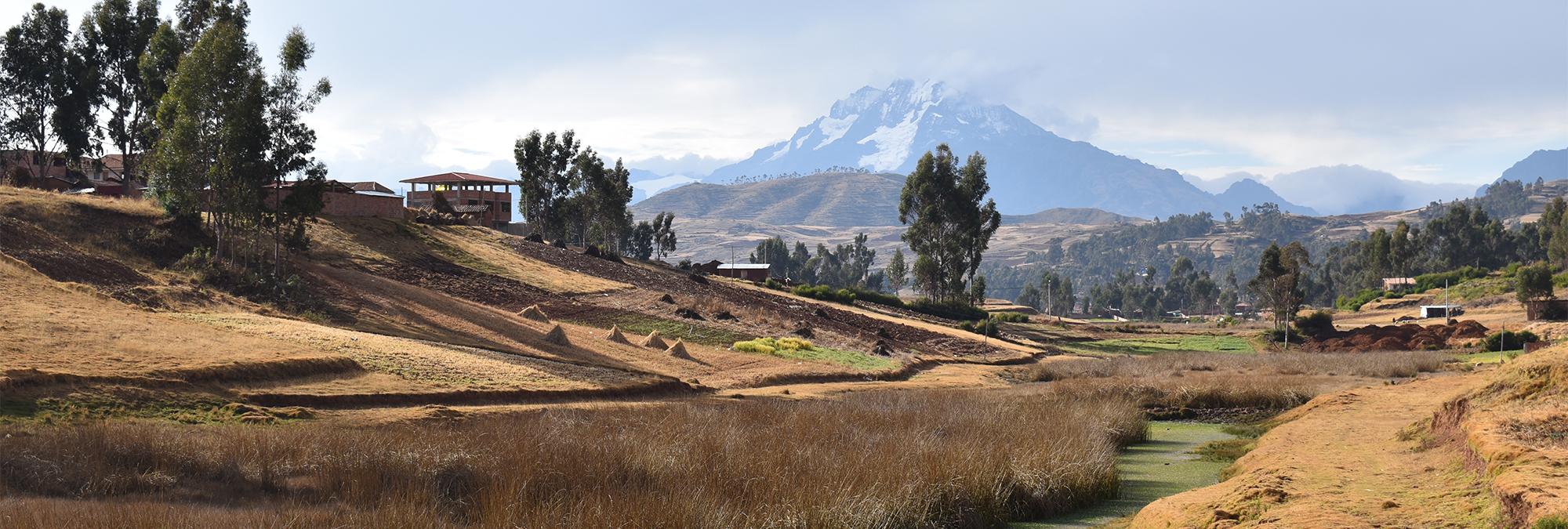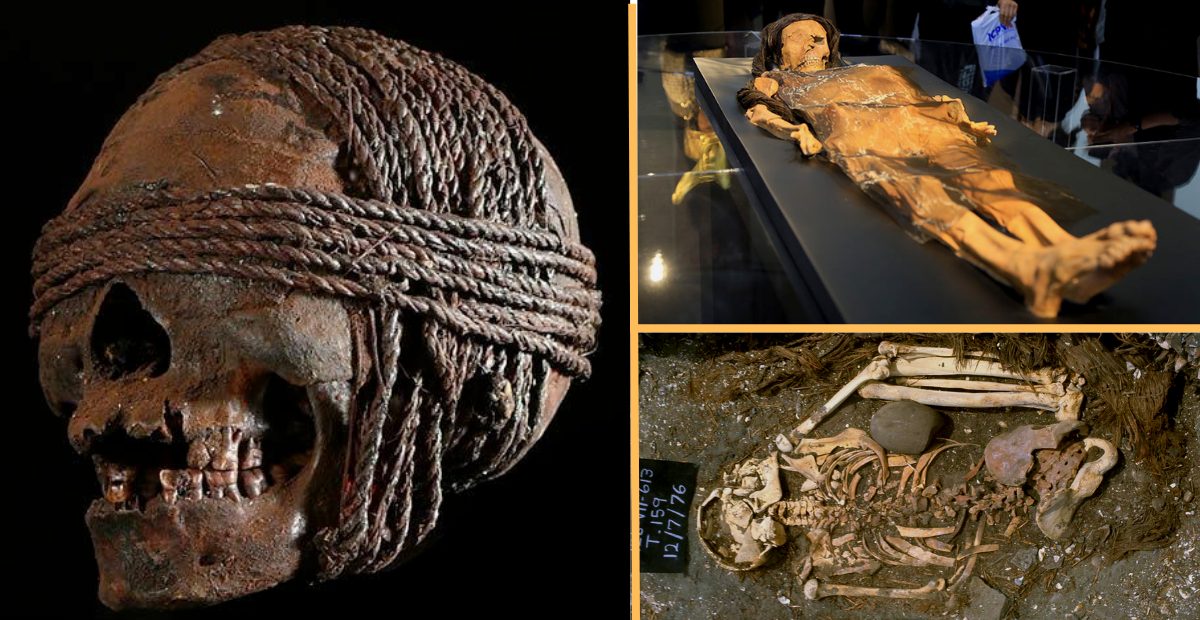Archaeologists Say New Airport Near Machu Picchu “Would Destroy It”
The Incan citadel of Machu Picchu in Peru is one of the world’s most stunning pieces of engineering, and a hypnotizing, historical remnant of a mystical past.
Nestled in the Andes at around 8,000 feet, the government is now planning to boost the lucrative tourism it draws annually even more — by building a multibillion-dollar international airport nearby, which critics are adamant “would destroy it.”
The Unesco World Heritage Site is traditionally reached by taking a flight to the Cusco airport 46 miles away, which only has one runway. From there, visitors usually continue by train or by hiking through the Sacred Valley.
With more than 1.5 million visitors to the sacred site in 2017 — nearly twice what Unesco recommends to protect it — transportation to the ancient ruins is getting more crowded every year. Construction on the profitable corporate venture is already underway. Bulldozers are clearing millions of tons of earth in Chinchero, which is 12,500 feet above sea level and the gateway for the Sacred Valley.

Archaeologists, historians, locals, and activists are in utter disbelief, however, as the airport would bring push the region even further beyond its visitor capacity and put a huge strain on the regional ecology.
“This is a built landscape; there are terraces and routes which were designed by the Incas,” Natalia Majluf, a Peruvian art historian at Cambridge University, told The Guardian. “Putting an airport here would destroy it.”

South Korean and Canadian companies are preparing to bid on the construction project, which would provide direct flight access from major American and South American cities. The tiny town of Chinchero is reportedly hurrying to build new houses and hotels in anticipation of the incoming flood of tourists.
But for critics — who seem to have nothing but the sanctity and protection of this 15th-century site in mind — there are far more important matters at hand. This area was once home to the world’s largest empire, and jeopardizing its integrity for profit is simply unacceptable to countless academics.
“It seems ironic and in a way contradictory that here, just 20 minutes from the Sacred Valley, the nucleus of the Inca culture, they want to build an airport — right on top of exactly what the tourists have come here to see,” said Pablo Del Valle, a Cusco-based anthropologist. Should the airport be completed and function as intended, planes would make low flyovers over Ollantaytambo — a 134 square-mile archaeological park — and likely cause priceless damage to the Incan ruins.

Other critics are more focused on the Lake Piuray watershed being depleted during the airport’s construction, costing the city of Cusco half its water supply. The petition, which Majluf took upon herself to start, asks Peruvian President Martín Vizcarra to re-assess this project — or choose a different spot.
“I don’t think there’s any significant archaeologist or historian working in the Cusco area that hasn’t signed the petition,” said Majluf. Chinchero was built as a royal estate for Incan ruler Túpac Inca Yupanqui, about 600 years ago. The area is extremely well-preserved and offers an unquantifiable wealth of direct contact with a time long gone. Many of the structures in Machu Picchu befuddle archaeologists to this day.
:max_bytes(150000):strip_icc()/machu-picchu-peru-MACHUPORT0519-20d5f7b72adb484ebacf33806e1db51d.jpg)
The economy here is largely dependent on tourism and farming. As such, it’d be surprising if those desperate for more customers would oppose a big modern airport next door — but they do. Alejandrina Contreras a blanket-weaver who lives in Chincero, said, “We live peacefully here, there are no thieves, there are no criminals. There will be progress with the airport but a lot of things will change.”
“Think of the noise, the air pollution, the illnesses it will bring,” said 20-year-old Karen Auccapuma.
This project has actually already been delayed, as the private company who had the winning bid became entangled in price-hike and corruption allegations. Unfortunately, arbitration on the current business model has been settled — and the government is eager to complete construction by 2023.
“This airport will be built as soon as possible because it’s very necessary for the city of Cusco,” Carlos Oliva, Peru’s finance minister, suggested. “There’s a series of technical studies which support this airport’s construction.”
Naturally, there is local appeal for the project. Citizens have been regaled with the promise of 2,500 construction jobs, while the local land has increased in value so much that some have begun selling their properties for a pretty penny. Peasant families have changed their lives by selling farmland. Cusco Mayor Luis Cusicuna claimed local leaders have been desperate for a second, larger airport for decades.
The Incan site is “so singularly dominant for the Peruvian tourism offering,” said Mark Rice, author of Making Machu Picchu: The Politics of Tourism in Twentieth-Century Peru. “The best way I can describe it is if people going to Britain only went to Stonehenge.”
Rice explained that there’s “legitimate concern that Cusco’s travel infrastructure is at its limit,” however. So while the proposal has a rational backbone — in terms of business, at least — it most definitely will cause a “lot of damage to one of the key tourism offerings of Cusco, which is its scenic beauty.”
Unesco recently threatened the Peruvian government that it was prepared to remove Machu Picchu from its list, and place it on the list of world heritage sites in danger, instead. In response, Peru narrowed entry requirements, such as limiting visits to certain times of the day.
At this very moment, however, the nascent airport project is causing new houses, hotels, and buildings to be constructed in the area. Everyone is preparing to make this a lucrative endeavor while throwing caution to the Incan wind.








